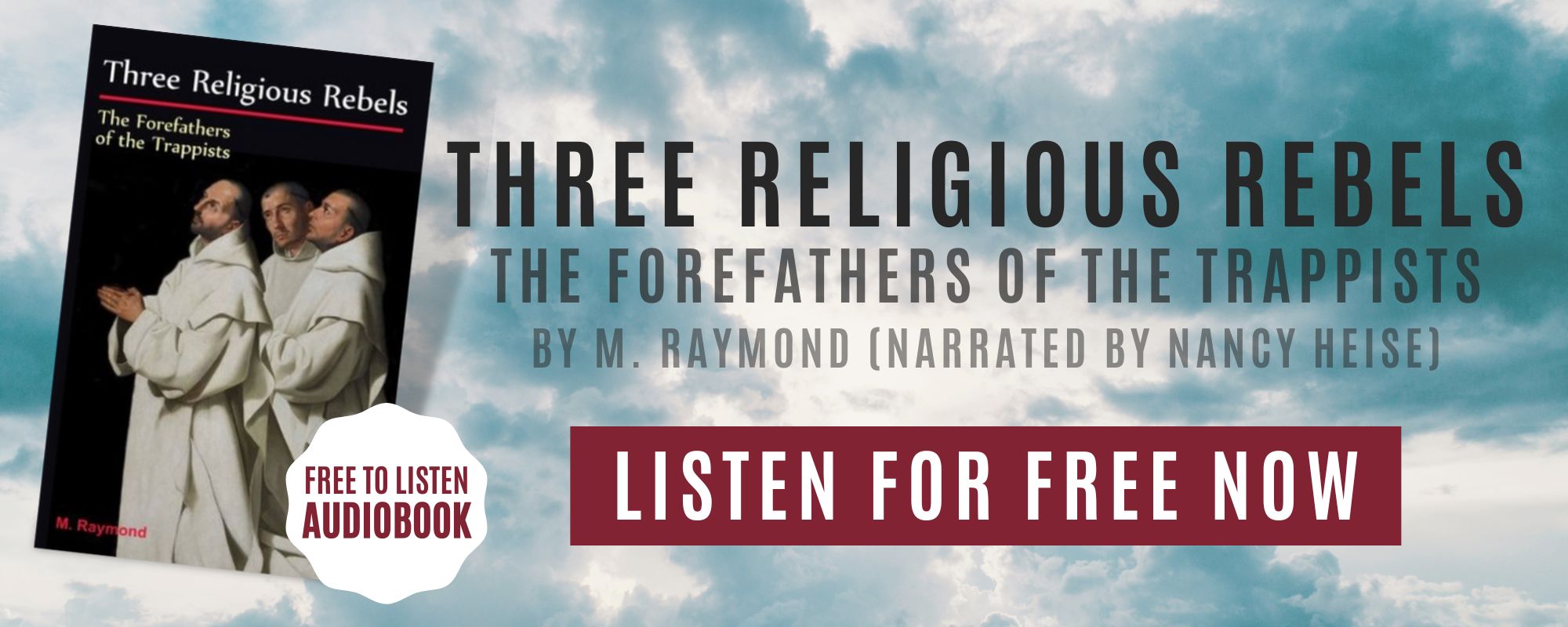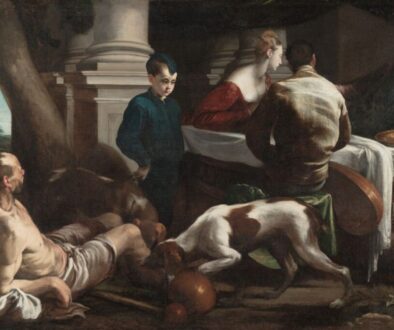What Life is Like For Catholic Monks

Published January 14, 2022
When we talk about monastic life, there’s always the misconception that it’s routine and boring. Yes, life for Catholic monks follows a routine but it’s far from boring.
In a nutshell, a Catholic monk is a layperson who chose to offer their life to God by leading an ascetic lifestyle. Asceticism, simply put, is a form of self-sacrifice. It involves denying yourself physical and material pleasures even if you don’t need to. In Christian monasticism, this often means spending your days in prayer and contemplation in monastic communities.
There are varied reasons why someone would want to live an ascetic existence. And throughout history, it’s not a secret that the monastic life had been used by some people for their own agenda. But Catholic teachings state that asceticism should only be done out of love. It should only be due to a whole-hearted desire to dedicate your life to God and serve Him above all others.
Monks vs. Priest
For most Catholics, monks and priests basically mean the same. While both have committed to religious life, they differ in certain ways.
Monks, in general, live in seclusion inside monasteries. Depending on their congregation, they usually have limited contact with the outside world. Their days are spent in prayer, contemplation, and in the case of those who took a vow of silence, total silence.
Priests, on the other hand, offer their lives to God by doing ministerial works. They hold mass, hear confessions, and oversee churches and parishes. They interact with the faithful and preach God’s word.
A monk can become a priest and, in fact, many often do. Those who chose to be ordained into Holy Orders are called choir monks. That’s because they have to recite the entire Divine Office daily in choir. Monks who don’t become priests are referred to as lay brothers.
The Role of Monks in the Catholic Church
In the Catholic Church, monks and nuns are neither considered members of the clergy nor a part of the lay faithful. Rather, they’re regarded as “consecrated religious” to denote the fact that they’ve taken sacred monastic vows.
Depending on the congregation, monks occupy varied roles in their congregation and community. Contrary to popular belief, not all monks live a secluded life. Some may engage in teaching and hospital work while others engage in an active mission.
But in general, monks live in a close-knit community. They share their meals, pray together, do manual labor together, and recreate together. Aside from the congregation’s rules, their lifestyle is also dictated by the vows they’ve taken.

Common Monastic Vows for Catholic Monks
All monks have to take certain monastic vows. These can be of two types: a simple or a solemn vow. Simple vows or first vows are temporary in nature and are professed by novices. After a certain number of years, the novice may apply for solemn vows which is more permanent.
Since different congregations have a different spiritual focus, these vows can differ across monastic orders. Though most of them were taken from the Rule of St Benedict of Nursia, a 3rd century lay reformer who is also known as the Father of Western Monasticism. As such, most monastic orders have many vows in common such as:
Obedience
The Rule of St Benedict begins with an exhortation to listen to the master’s instructions carefully. That’s why almost all monastic orders have a vow of obedience.
The vow of obedience calls for the monk to obey Christ, who is represented by the abbot or anyone superior in the monastery. This means obeying not just the rules of the congregation. It also denotes submitting themselves to the authority of the abbot.
Conversion of Life
Being a monk requires commitment. Thus monks, particularly Benedictine monks, have to profess to conversatio morum or conversion of life from being a lay faithful to that of a monastic existence. It represents their promise to leave their former life behind and embrace a life solely for Christ. This means giving up their personal possessions in exchange for a life of prayer, fasting, and solitude.
Stability
This vow is unique to the Benedictines. It entails that monks commit the rest of their life to a monastic existence. That means they shall be loyal to their vows and the monastery shall be their home until the day they die.
Poverty
Monks who took the vow of poverty are not allowed to own anything except that which the congregation provided them. It also calls for them to live prudently and share whatever they have with the poor.
Chastity
Monks pledge their life to God which is why monks take the vow of chastity. This entails foregoing the love between a man and a woman which means they cannot marry or engage in any sexual pleasure. Taking this vow is the ultimate symbol of dedicating one’s life to God and God alone.
What Does a Catholic Monk Do All Day?
In general, a Catholic monk’s day is a routine and everything is timed. In fact, the horarium or schedule is one of the core aspects of monastic life. The schedule detailed below is taken from the Trappist monks’ daily horarium but it closely resembles the daily routine of monks from other orders too.
They start the day very early, usually around 5:30 AM for a vigil followed by Lectio Divina and Lauds. Then breakfast typically comes afterward.
After breakfast, manual labor starts. Most monastic communities are self-sustaining. This means that the monks do all the work to maintain the monastery. Many of them also grow their own food. So the chores within these monastic communities are wide and varied. Some monks tend to the garden, others prepare food, do the cleaning, and other tasks as may be necessary.
They then gather for Eucharist before having lunch. Then they go back to their individual chores. At around 5:00 PM, they gather again for evening service or Vespers followed by Lectio Divina and then supper. They have a little bit of recreation time after that. The day is then capped off with night prayer.
Seek a Deeper Connection with God and Join Lay Cistercians of South Florida
Lay Cistercians of South Florida, is a community of lay people who seeks to have a deeper connection with God by living a life inspired by the monks and nuns through Lay Monasticism. Learn more about what is a Lay Cistercian on our website. Anyone who aspires to do the same as us, and is a confirmed Catholic is welcome to join us! We meet every second Saturday of the month at Emmanuel Catholic Church in Delray Beach, Florida.

This Content Has Been Reviewed For Accuracy
This content has undergone comprehensive fact-checking by our dedicated team of experts. Discover additional information about the rigorous editorial standards we adhere to on our website.

About The Author
Judy Ponio is a professional writer for the Lay Cistercians blog and a devoted Catholic. She works hard to ensure her work uses accurate facts by cross checking reputable sources.





